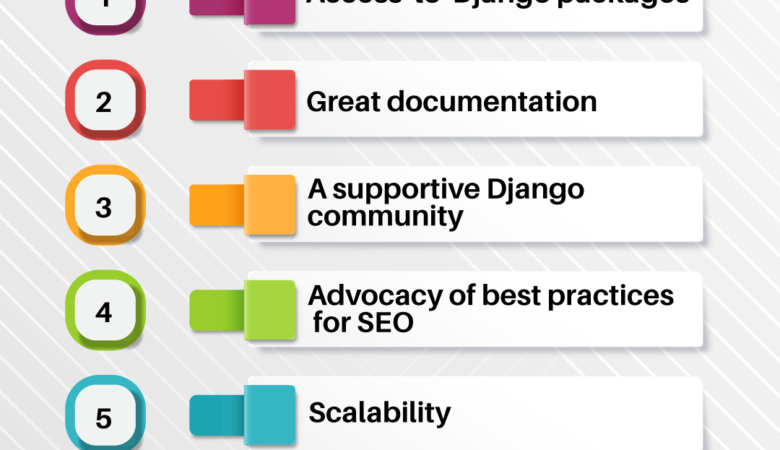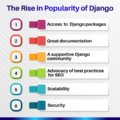
Today cybersecurity is very important for all organizations because recently there were threats like credit card frauds, ransomware attacks, flaws in microchips, crypto-jacking, and a series of new app releases in which some did not have any type of security measure. This is also an indicator of what to do in 2020 and even beyond it.
Introduction
There is an expectation that cyberattacks will increase, and isolated hackers as well as Nation-State actors will carry out these attacks to extract data from all the available sources like governments and corporations. There is a strong case for defining and implementing the required proper security measures. In this blog, we take a view of data breaches, security staff shortage, dimensions of cloud technology, and the future of AI as well as 5G that will shape the cybersecurity industry.
Why Organizations Face Cyber Threats:
It is sheer neglect and the major themes here are:–
Disruption – because there is over-dependence on connectivity and an
increase in the risk of a premeditated internet outage,
Distortion – because there is widespread misinformation by bots and
automated sources, and finally.
Deterioration – because the Rapid advances in smart technologies and the issue of national security will impact the ability to control information.
1. 5G Implementation
Additionally, 5G technology will enable, huge data volumes and the number of connected devices will also explode. There will be health applications collecting data on wellbeing, user’s movements, and how they live and work. The sheer volume of personal data collection, from the extensive use of 5G technology, will need a high level of security against any type of breach and data theft.
2. The Expanding Dimensions Of AI
There are many Advances in artificial intelligence that bring machine learning technologies in products in various market segments as well as in cybersecurity.
Deep learning algorithms manage the face detection, natural language processing, as well as threat detection. Cybersecurity solutions cannot happen manually and need new technology. AI can easily find new threats and give the right response to them besides blocking cyber attacks. With the progression of AI even cybercriminals are developing increasingly sophisticated weapons to carry out malware attacks. There is a strong case for deploying advanced solutions, and not rely on previous vulnerabilities.
3 – Cyber Security Skills Gaps
In 2020, there will be a huge demand for cybersecurity professionals but the supply will be scarce. The biggest challenge for the security teams is to make sure that their skills are up to date and improve their cybersecurity ability to tackle the existing and forthcoming challenges.
4 – Increasing Awareness Of The Importance Of Cybersecurity
All the organizations today undergo a digital transformation and there is increasing awareness of the cyber attacks. There is a need for effective Cyber Security Strategy and Response Plan. The process of integrating a secure development best practices methodology is very much required today.
5 – The Threat Of Ransomware And Malware
The threat of ransomware attacks is increasing in hospitals, and on business establishments; requiring appropriate precautions for minimizing the harmful effects of attacks. The ransomware is distributed through phishing emails, and this leads to disastrous consequences as the ransomware encrypts files lying on a system or network. The user has to make a payment to get the files back or to restore them. Many Attackers spend time on intelligence-gathering about the potential victims and aim to cause maximum disruption and damage.
6 – Cloud Computing
Cloud today is not risky, untried, or untested. It is rather a mature and reliable option. According to IDC, the US is the leader in cloud computing spending and is increasing its spending every year. However, the dangers of cloud computing will also increase in 2020. All Cloud providers usually protect cloud data, but the users have the responsibility to keep their data safe and secure. This requires a thorough knowledge of cloud security. Cybersecurity solutions need to have new and flexible, cloud-based architecture. Additionally, as per the IBM-commissioned study by McKinsey & Company, most enterprises are 20 percent on the way to their cloud journeys. Still, 80 percent of workload is conducted on-premises.
7 – Mobile Apps
Mobile phones today have a mentality of must-installing apps that can
be downloaded without a concern for security. Such apps are popular with young people but also have a set of vulnerabilities. There is a likelihood that the Chinese government can gain access to applications likeTik Tok and use the data and profiles for their designs and purposes.
Effective Ways To Improve Security The cybercriminals take advantage of persons and firms who give less importance to cybersecurity. In order to improve cybersecurity, the first requirement is education at homes, businesses, workplaces, and while traveling. Training is the next especially for security staff, IT administrators, and management to defend their security network. The next stage is that the trained staff must be vigilant and concerned about security in all matters affecting them








Leave a Reply